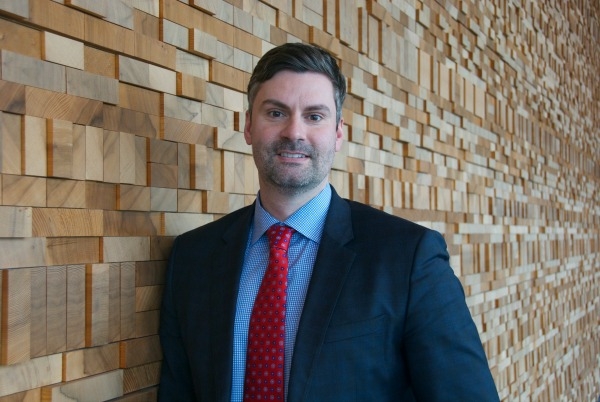
FPAC’s Derek Nighbor says Canada’s passive approach fuelling wildfires
September 4, 2024
By Derek Nighbor
 Derek Nighbor, Forest Products Association of Canada president and CEO. Photo: Submitted
Derek Nighbor, Forest Products Association of Canada president and CEO. Photo: Submitted While Canada’s 2024 wildfire season has been less severe than the devastation we witnessed last year, there are still dozens of fires burning across the country. As we enter the peak of Canadian summer, things could quickly deteriorate.
One thing we know for sure is that the frequency and severity of wildfires will only increase. Let’s not kid ourselves; there’s no escaping the fact that Canadians — and our governments — need to rethink how we address and mitigate these risks. This rethink requires nothing less than a paradigm shift toward more proactive management of our forests, focused on practical solutions. We can no longer afford to be reactive, stubborn, or dogmatic, hoping the problem will simply go away. And the federal government has an important role to play, particularly in fostering partnerships and coordination between various rights holders and stakeholders across the land base.
Last year, Canada endured the most catastrophic fire season in its history, with more than 19 million hectares of forest burned — 25 times more area than Canadian foresters sustainably harvest annually. Leaving forests alone with little or no effort to manage aging stands, vegetation, pests, or other ecological processes is a recipe for further devastation and will greatly add to Canada’s forest carbon emissions problem.
Even some of our national parks, those enduring icons of conservation, are turning into net carbon emitters due to drought and wildfires, according to recent findings from the Parks Canada Carbon Atlas Series. But the impacts of the burn don’t stop there. Wildfires also pose a serious risk to human health and air quality, community safety and critical infrastructure, and the economic viability of our forests.
Modelling from the Canadian Climate Institute shows that without further action, the impacts of hotter temperatures on forestry, including wildfires interacting with pests and other disturbances, will result in $4 billion in export revenue losses and 32,000 fewer jobs by the end of the century. We can’t continue down the path of passive, ineffective policies that leave our forests and forest-dependent communities vulnerable. My colleagues in the forest sector have long felt frustrated — and frankly, puzzled — about how active management is often overlooked as a tool for mitigation.
What does proactive management mean? It means hands-on intervention into our forest ecosystems. For example, making deliberate efforts to remove flammable materials in high fire risk zones, particularly forests that are older, denser and drying out. These forests are prime for combustion from a lightning strike or a spark from an off-road vehicle.
Active management means harvesting timber with the aim of promoting forest regeneration and reducing overcrowding. It means preparing communities with the right tools to mitigate risks. It means regular assessments of forest conditions. It means a greater role for indigenous peoples and more cultural burning on the land base.
Critically, active management requires governments to turn to Canadian forestry workers as boots on the frontlines and an integral piece of the fire mitigation puzzle. No sector is better equipped to prevent catastrophic fires or promote forest regeneration. We have the trained bodies on the ground in northern and rural communities.
Make no mistake, we’re already seeing a paradigm shift globally on the issue. Policymakers are recognizing that active forest management is an important tool. The Canadian Council of Forest Ministers is doing great work in championing wildland fire management practices. In early June, the group released a fire prevention and mitigation strategy that puts proactive engagement front and centre.
Look at Sweden and Finland. By embracing forest management as a crucial component of their climate strategies, Nordic countries have demonstrated that more intensive management has resulted in losing less forest to fires and pests, resulting in greater carbon mitigation and less overall emissions.
In contrast, Canada’s annual timber cut has declined by roughly 25 per cent over the past two decades, and our forests are suffering. Our passive approach is fuelling the very fires that are ravaging our lands.
It is time for the federal government to produce a clear roadmap for the way forward that includes collaboration from Indigenous peoples, provincial and municipal governments, and local rightsholders and stakeholders, including forestry workers. •
Derek Nighbor is CEO of Forest Products Association of Canada (FPAC). This column has been edited down to fit. The full length version can be read at: canadianbiomoassmagazine.ca. It was first published in The Financial Post and was re-published with permission from FPAC.
Print this page
- Converting landfill gas to RNG in Edmonton
- FutureMetrics: Biomass conversion low cost solution when decarbonizing on-demand power